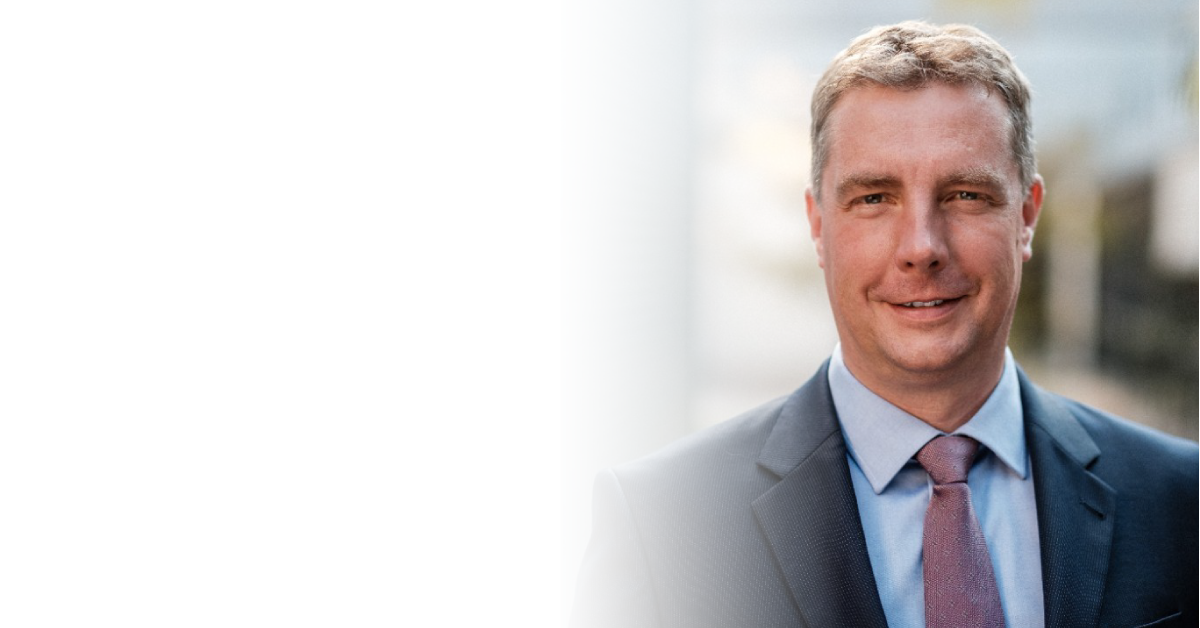In this exclusive interview, Raisa Ghazi reveals the challenges and long-term benefits of diversity, equity & inclusion (DEI) initiatives; provides insight on the rising importance of ethics in technology, and why female leaders are essential in the 5th Industrial Revolution.
What are the common challenges faced by organizations with DEI initiatives?
There’s a lot of resistance from the people who attend workshops on DEI. They are confronted with something that’s very hard to deal with — the fact that they are probably biased. What doesn’t help is that many of these workshops and talks, even the ones I give, are forced on employees by HR, and people don’t want to be there. Some speakers will also criticize the company a lot and leave them just like that, with no suggestions for improvement. That creates a negative attitude towards DEI.
So, there are techniques to make them understand what it’s like to be discriminated against. It’s very important to work with a speaker who can also spark that empathy. For example, as a speaker, I need to also be honest about my own biases. The way some speakers talk can cause a lot of aversion from the dominant group in the workforce, which are men, sometimes even attacking them verbally.
On the other hand, companies must not make DEI a single event. It needs to happen back-to-back and be visible in the behavior of leaders, company policy, and employees. Just like how big tech companies like Microsoft and Google promote the growth mindset to thrive and be successful. There are reminders of the growth mindset everywhere in their offices. If you want to imprint something positive on your employees, you must go beyond having one Diversity Week or having just one talk.
What are the long-term benefits of consistent DEI efforts for organizations?
There’s been so much research on this. Companies that are more inclusive and diverse make more money. They are also more innovative and ethical. The fact that I have to mention money to convince a company to do the right thing, to be decent human beings, is unfortunate. But I also understand how the world works and C-levels need concrete results to report back when it comes to DEI.
In addition, DEI has to go beyond recruitment. It must have a bigger commitment. It’s a vision for how you want your products to be built, how you want your people to behave, and how you want them to market themselves. When it’s not done in a genuine way, it’s always visible one way or another. If it’s not an employee who messes up, it will be a product or event or marketing message that completely misses the boat. If companies don’t want to do DEI the right way, they will be forced eventually. I am sure about that.
In your Forbes article, Why the World Needs More Women in Leadership, you wrote that companies with more women on the board make more ethical decisions. Can you elaborate on that?
Women are more risk-averse, and that makes them more ethical because they’re going to think twice before risking someone’s life for example, or the environment. But women are also more community driven. After a decision is made, they will think about all the stakeholders that could be affected, not just their partners but people in general who are affected by their work. When it comes to the 7 global tech revolutions such as IoT, cloud computing, and blockchain, women consider the dangers that are associated with these technologies.
What’s important is that we take the right precautions to make sure people are safe, and that’s why women are needed. It’s very important that they are involved, but it’s also for their own benefit. If you look at virtual reality and augmented reality, which are used a lot in education, women can’t use them well because they have been made for men. Therefore, women need to be involved to make sure that these technologies are developed in an inclusive way.
You specialize in helping companies and governments develop more ethical and inclusive technologies. Can you tell us more?
The ethics in technology field is so new. Stanford University, in the heart of Silicon Valley, only started teaching this in 2018. Therefore, companies that hire me usually want to discuss the basics of DEI. It’s nowhere near getting into the ethical side of technology, and I don’t think they will unless the government forces them to.
The Dutch government has been a trailblazer in this area over the years that I’ve hosted conferences and training for them. They are discussing inclusion and diversity on a level most companies are not. They’ve been doing the work for years and it’s not a one-time thing. Most companies will just ask me to speak at their Diversity Day and it ends there.
I’m very interested in measuring DEI outcomes in companies but in the Netherlands, there’s a lot of legislation that prevents effective assessment of inclusion and diversity. Another challenge with measuring DEI outcomes is that it’s an in-depth process that requires plenty of effort and money. Most companies don’t think it’s worth it.
What do you hope attendees will take away from your presentation at ME Executive Day?
I hope to inspire the decision makers and show them a different side to diversity and inclusion. I want to spark a curiosity in what is about to happen in the next century and the changes to expect when it comes to diversity and inclusion in technology. These people are the best of the best and they want important information. I want to give it to them so that they are prepared to be visionaries in their organizations.
*The answers have been edited for length and clarity.







